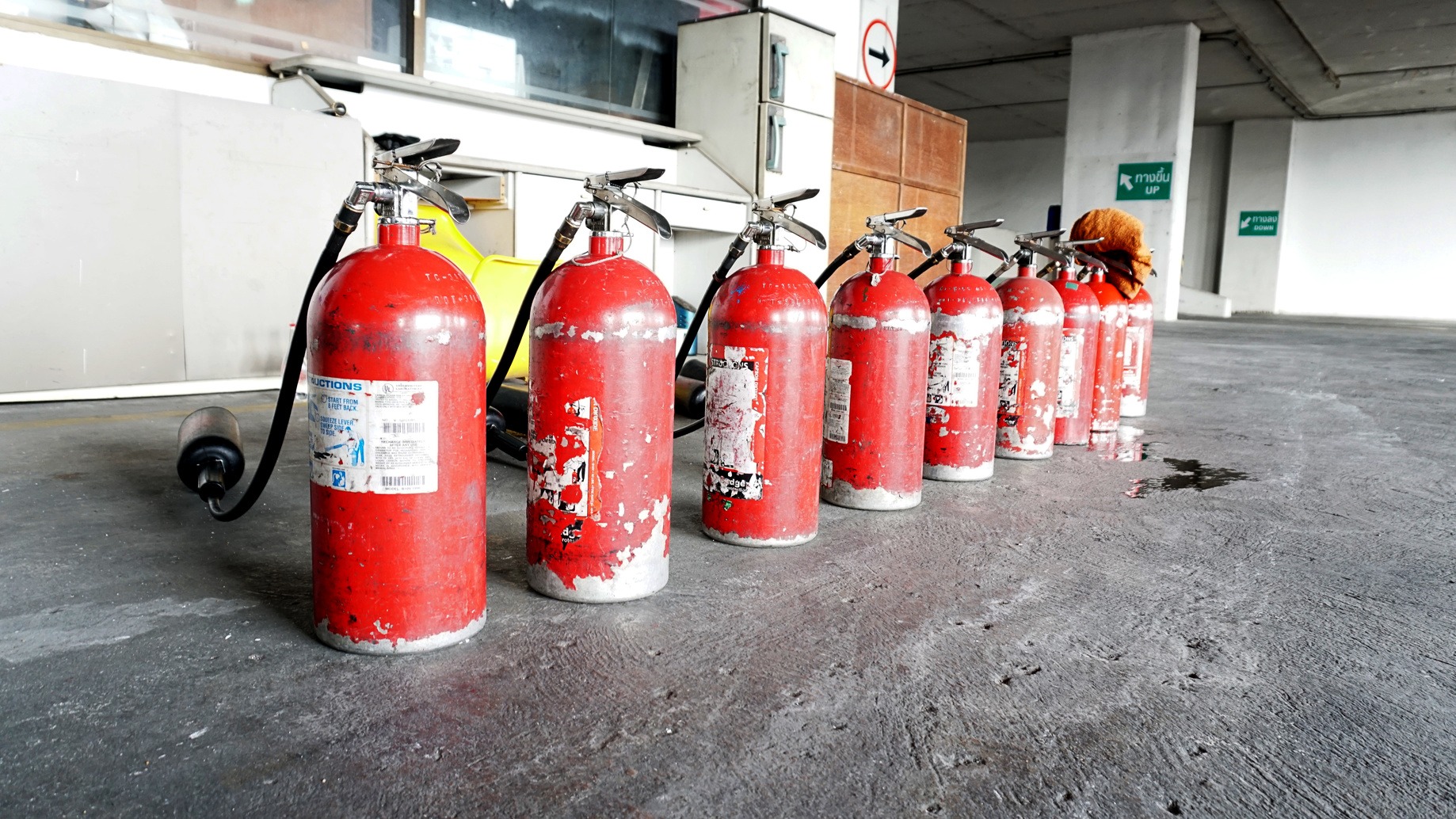5 Fire Extinguisher Types You Should Know
In 2015, 1,345,000 fires were reported in the U.S.
Each year, fires cause billions of dollars in property damage. To protect yourself from unintentional fires, a working fire alarm system is a must.
However, you should also invest in a fire extinguisher. Portable fire extinguishers can save property — and lives. They can be used to contain small fires.
If a fire broke out in your home or office, would you know which kind of fire extinguisher to use? Did you know that there are several fire extinguisher types?
Keep reading for information about the most common fire extinguisher types.
5 Must-Know Fire Extinguisher Types
There are five classes of fire, and accordingly there are five different fire extinguisher types. You can check the label on the fire extinguisher to determine which type it is.
In homes and offices, you’ll often find a multi-purpose extinguisher.
Knowing which material caused the fire is useful when choosing the appropriate extinguisher.
Here are the five fire extinguisher types.
1. Type A – Ordinary Combustibles
Type A extinguishers have an “A” on the label inside of a green triangle. These extinguishers work on combustible fires caused by:
- Wood
- Paper
- Trash
- Cloth
- Rubber
- Plastics
The primary chemical used is monoammonium phosphate, which will smother the fire.
2. Type B – Flammable Liquids
These extinguishers are marked with a “B” inside of a red box. Dealing with a fire caused by a flammable liquid? If so, you’ll need a type B extinguisher.
Fires that have ignited because of oil, gasoline, paint or tar require two ingredients to put out. Type B extinguishers use monoammonium phosphate to smother the fire. Then, they use sodium bicarbonate to extinguish it.
3. Type C – Electrical Equipment
Extinguishers with a C inside of a blue box are for electrical equipment fires. This type of fire can be caused by:
- Machinery
- Faulty appliance
- Wiring
- Circuit breakers
- Fuse boxes
Because these items have electricity running through them, non-conductive materials are a must. Type C extinguishers use monoammonium phosphate and sodium bicarbonate.
4. Type D – Combustible Metals
Type D extinguishers are identified by their marking of a “D” inside of a yellow star. Combustible metals pose a different fire threat.
Use a Type D extinguisher to put out fires involving:
- Titanium
- Zirconium
- Potassium
- Sodium
- Magnesium
- Lithium
Because these metals are combustible, a dry powder material must be used. These extinguishers are ineffective on other fire classes.
5. Type K – Combustible Cooking
Type K fire extinguishers are labeled with a black “K.”
This handle fires that involve large amounts of grease, including animal and plant-based fat. This type of most often used in kitchen fires.
Do you require more heavy-duty fire suppression items? If so, contact a professional company such as Cold Fire Tactical.
How Else Can You Protect Your Family?
Of course, having the right fire extinguisher on hand is just one of the steps you need to take when it comes to emergency preparedness.
Sign up for an account with us to learn more about the best ways to protect yourself and the ones you love during any disaster. You’ll feel better knowing you’re prepared for anything.






